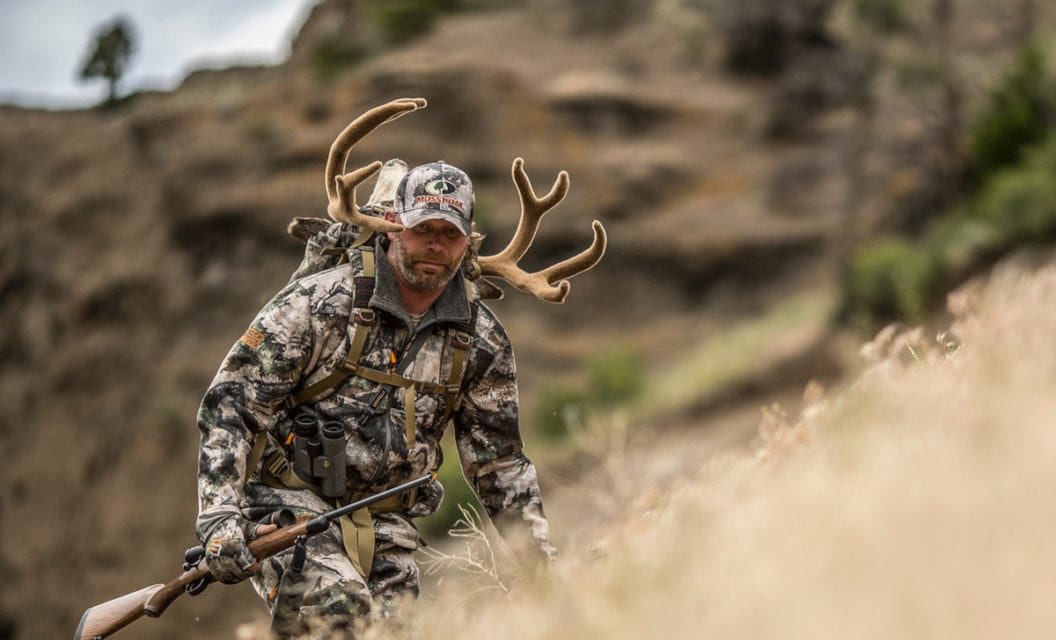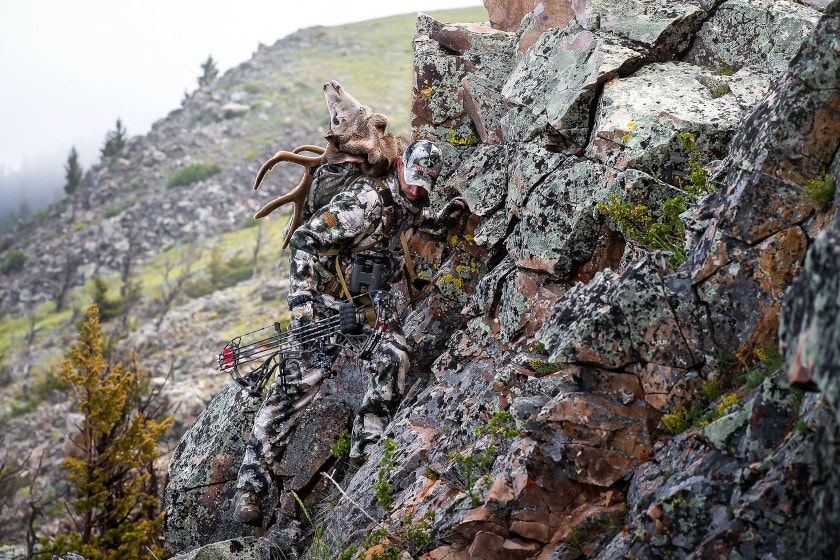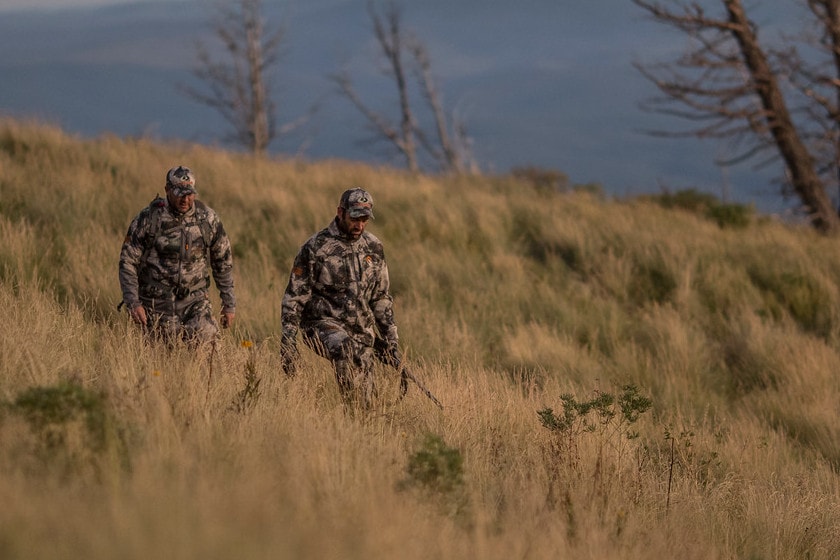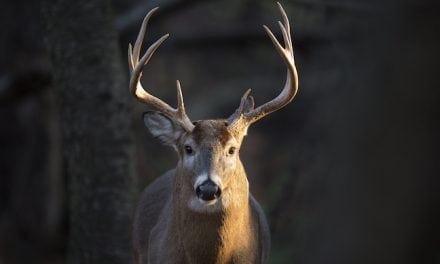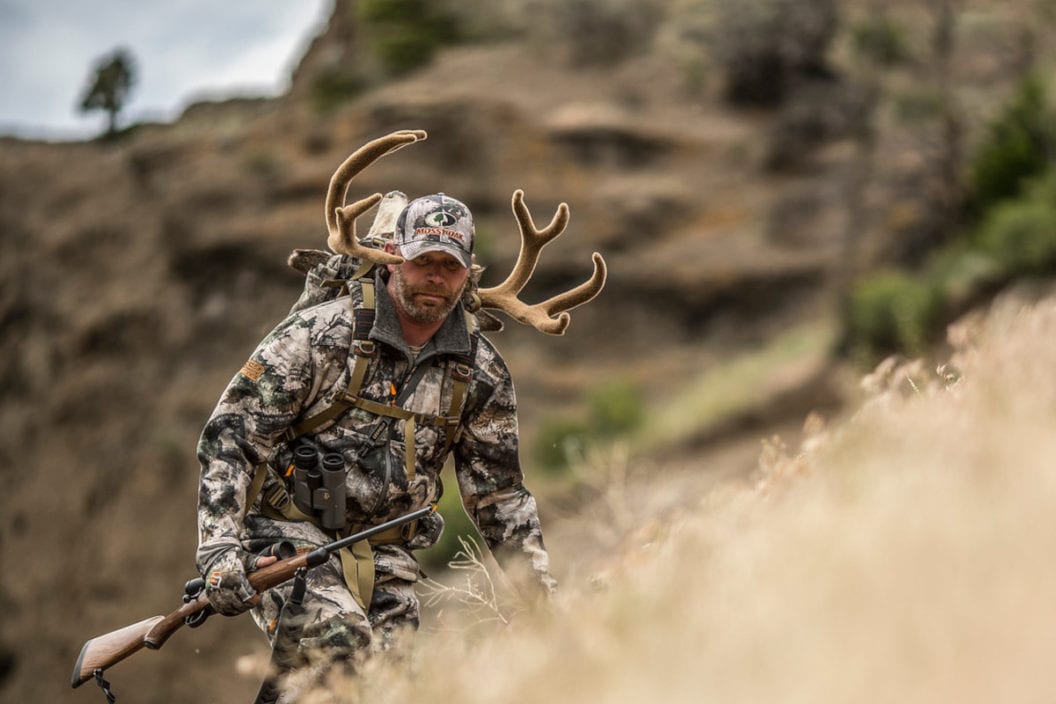
In my opinion, many hunters are wasting their time on out-of-state tag draws. It’s no secret out-of-state hunting is a huge industry in America. It rakes in a ton of money for destination states like Colorado, Alaska, Arizona, or Utah. Even though these destinations often offer much greater odds at a bucket list hunt, it can take some hunters years to get the hunt they want, and even when they do, it may not always result in a harvest. Nonetheless, hunters continue to apply year after year for their preferred hunts. While I do not think that all draws are bad, many of them are more trouble than they are worth. Don’t worry, I’m going to explain the reasons I mostly don’t bother with out-of-state hunting tag applications. Although I will also note the select few times I would apply for a tag.
Out of State Tags Can Be Hard to Get
Let’s start with the most obvious reason, out of state draws are usually tough to get. Whatever species you are hunting, the draw is going to be heavily favored towards residents of that state. That is understandable, and if you lived in that state, you would probably want it that way too. Depending on the state, it is not uncommon for draws to be weighted 75 to 90 percent in favor of resident hunters. That means you and thousands of other hunters from 49 other states are trying to get into the remaining 10 to 25 percent of tags. I know that most draws are not that competitive, but there are still going to be plenty of hunters applying for the same tag as you.
Depending on what sort of lottery system the state you are interested in uses, it could take years or a decade or more to get your tag. A true lottery gives you the same chance as everyone else, which sounds fair at first. But it isn’t great for hunters who have just been unlucky for many years. Bonus point and preference point systems are a little fairer in that regard, but with a preference point system, you have almost zero chance of getting a tag until you collect enough points to reach the minimum. Then something called “point creep” happens where the point minimum increases year over year due to increased popularity and you can never quite catch up to the minimum.
Then when, or if, you finally get a tag, you are not guaranteed to fill it. If you have ever had a piece of property where you hunted deer for multiple years, you probably did much better hunting that property in your second or third year than you did your first. It usually takes a little while to learn an area thoroughly enough to put down a mature buck unless you get lucky. Many hunters experience the same thing on their first out-of-state hunt. So, getting the chance at a tag and then hunting the place for a single season can be quite the challenge. It’s not impossible, but it will likely be the hardest hunt of your life.
Planning Your Hunt Can Be Difficult
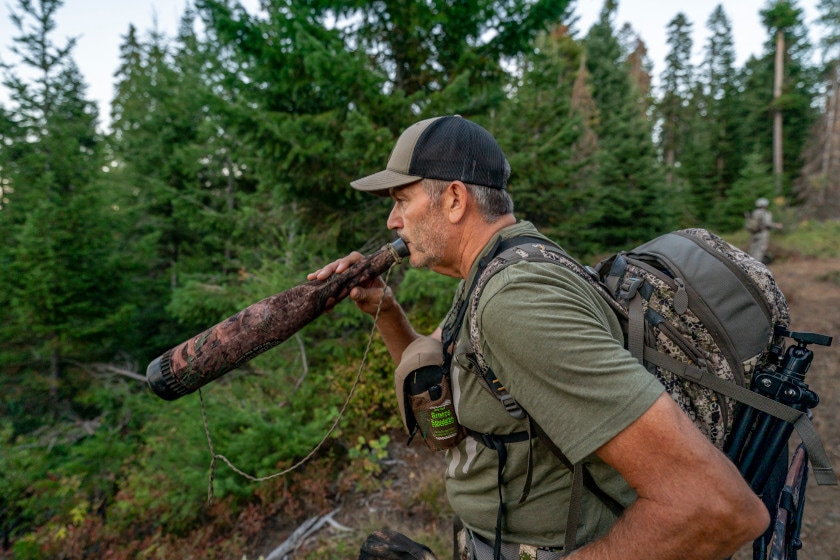
Getty Images: Fly View Productions
Depending on the method the given state uses for their draw, it can be tough to know when you are going to get a tag. With some preference point systems, you know that you will get a tag if you have enough points. With a bonus point system, you at least know you have a high chance of getting a tag if you have a lot of points, but with a true lottery, you will never know.
So, planning an out-of-state draw hunt can be fairly difficult. If you must put in your time off at work well in advance, you might not be able to get it in time. You could also be applying to multiple draws in the same year and on pure luck you could get multiple tags. If that happens, you are going to have to figure out how to make it on multiple hunts. It’s either that or forfeit one of the tags, which defeats the whole reason you were applying in the first place. We’ve also heard many stories of hunters being taken by surprise when they were drawn when not expecting it, causing them to scramble to plan a hunt at the last minute. There’s a lot of variables and uncertainty that makes draw hunts a bit tougher to plan.
I Prefer a Guaranteed Place to Hunt
If you mainly hunt in the Eastern United States like me, you are likely going after whitetail. I will be the first to say that I love to hunt in new states with people I meet. That is an awesome experience, but I also love to have a reliable place to hunt year after year as well. That often leaves out the states that are draw-only for non-residents. When I was growing up, my dad had a lease in Kentucky that we hunted for nearly a decade. Year after year we were able to get tags and take bucks off that property, and we learned more about the property each time. It was just nice to have a place to go that we knew and were able to plan well ahead in the year for our trip. Plus, we were able to do a lot of scouting on the property, which you may or may not be able to do before a hunt using a drawn tag.
Of course, I know that not everyone can get a good hunting lease, and we haven’t had one for the past few years either. There are still plenty of areas to hunt, and guaranteed tags give you a chance to plan a little better, especially if you’re not on private land. Public land is a challenge, but you can take bucks off it each year if you are dedicated. For states that offer tags to non-residents over the counter, it may be a better option if you’re not already familiar with your chosen hunting area. At least for a first hunt for a specific species.
When I Would Apply for a Tag Draw
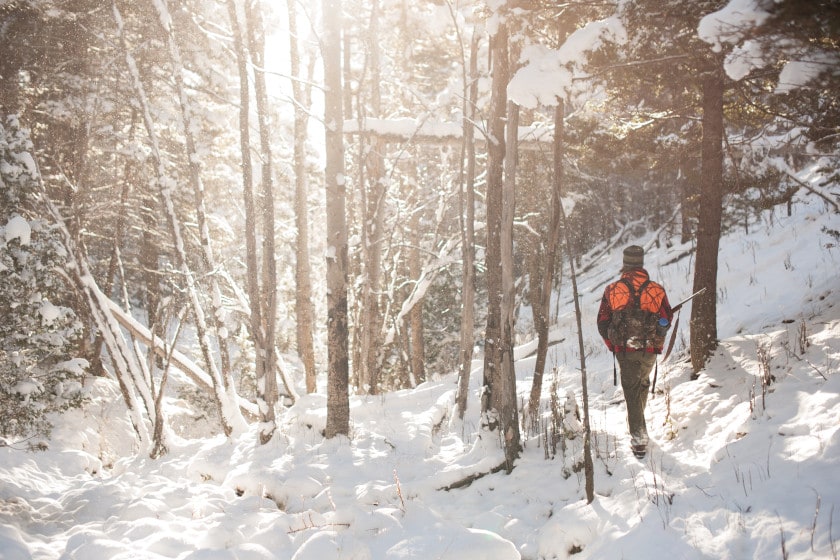
Getty Images: cathrinewalters
Since I have ragged on out-of-state draws for this long, when would I put the effort in to get an out-of-state draw tag? Well for me the go-to game is whitetail, and as I said before, there are plenty of places to hunt whitetail in the east. For many animals like mule deer, bears, and even pronghorn antelope there are over-the-counter opportunities in some states that take out the need to participate in a draw. However, if I were to put in the effort to get a draw tag for an out-of-state hunt, it would likely be for an elk or moose hunt in a high success rate hunt area. These animals can be notoriously hard to get tags for and draws are almost always the best option. Also, I live in Georgia, which obviously does not have either of these animals, so I’m not going to take one here. This is where most hunters should probably worry about draws. For animals you really want to hunt but their state either doesn’t have huntable population or doesn’t have a population at all. Then there are animals like the bighorn sheep where you don’t have a choice. If you want to hunt one, you’ll need to draw a tag because that’s all that’s available.
Even then, when it comes to your dream hunt, that doesn’t mean you should apply for every single draw out there. Many require a small fee to apply, and the costs can add up quickly if you’re applying in dozens of different states hoping one will hit. Pro hunters have very specific strategies they have developed for apply for draws over the years and these skills aren’t happenstance. It takes a lot of time, effort, and research to do this. Most states publish harvest data for every area. The information is there, but it’s up to the hunter to sift through it all. It’s not easy to do this work, but once you know how the system works, you can develop methods to increase your odds of being drawn. If you have the time to do that, applying to draws can be a worthwhile exercise.
The Last Draw
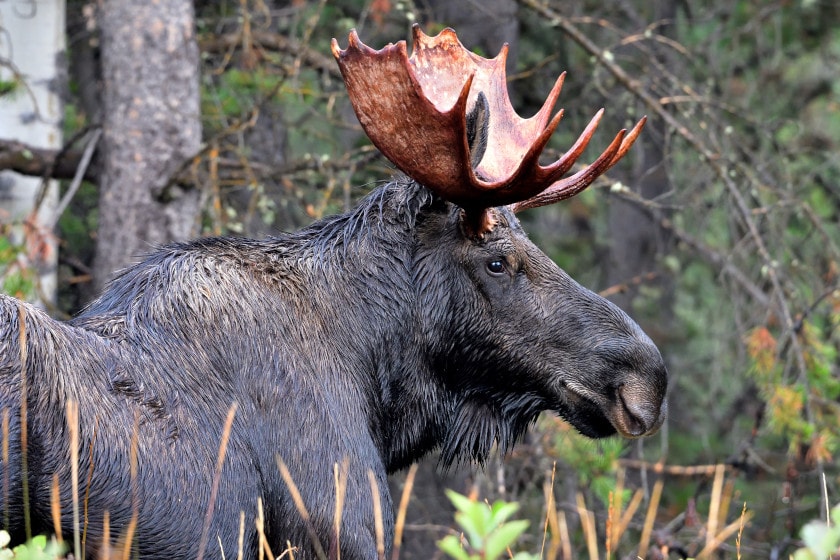
Getty Images: Michael Morse
All and all, putting in time and money for an out-of-state tag draw may not work out well for a lot of hunters. It can take a long time to get your preferred tag, and when you do you may not fill your tag. There are plenty of variables at play in these draws, and the system the draw uses can also make it harder to predict when you will get a tag. This makes these hunts harder to plan, and harder to pull off in the end. For many hunters, draws are not something you should rush into unprepared. A guide is almost always preferable and that’s where out of state hunts can get expensive. We’ve seen too many hunters shell-shocked by the cost of a guide since they didn’t research ahead of time. Then they end up trying to do it all themselves and getting skunked on an expensive tag that’s hard to get.
For example, hunting elk is a bit different from hunting whitetail. If I didn’t have a buddy that knew a whole lot about elk hunting, then I would likely hire guide to help. Unless you’re specifically going for a DIY-style approach with a couple of buddies trying to figure out how to bag an elk by yourselves of course. Even then, you might want to go to an over-the-counter location first to get the basics down. Just so you don’t burn a once-in-a-lifetime tag in a quality, limited-draw hunt area. In the end, if you really want to hunt a specific area, put in for the draw, but it’s best to keep realistic expectations. Do not be surprised if you don’t get the tag or are not able to fill it when you do. After all, there are no guarantees in hunting, even in the best areas. That’s why they call it hunting and not killing.
READ MORE: HUNTING TAGS: A BRIEF HISTORY OF WHAT THEY ARE AND WHY WE USE THEM
The post Why I Don't Bother With Out of State Hunting Tag Applications appeared first on Wide Open Spaces.

